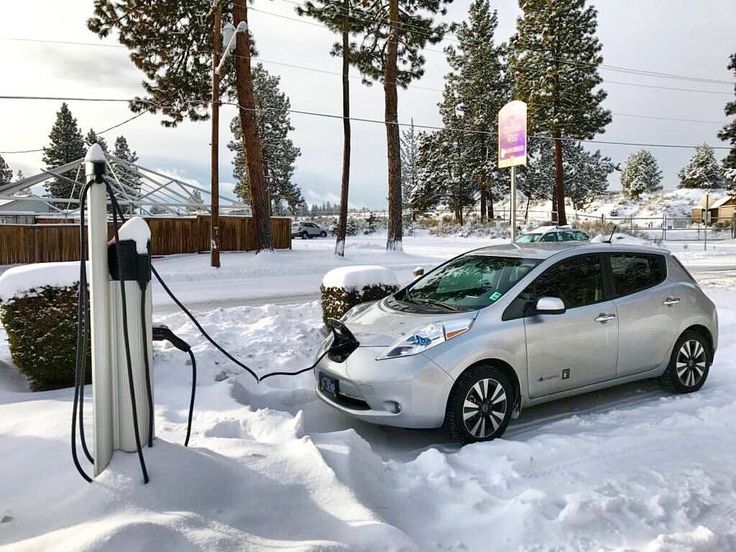The federal government wants to exempt some of the highest-carbon energy projects in Canada—in situ tar sands and fracking—from undergoing a federal environmental assessment. At a time when the impacts of climate change are becoming more severe and the oil and gas industry is putting Canada’s climate targets out of reach, this is unacceptable.

Canada is in the process of updating its environmental laws and review processes for energy and industrial projects. As part of the reforms, the federal government is consulting on which projects should be included on the “Project List”—essentially a list of projects that must undergo a federal impact assessment.
The use of the Project List to trigger project assessments is problematic in the first place. The proposed Project List covers many types of industrial activity, from airports to pipelines to refineries to nuclear plants. But the government is proposing that the list focus federal impact assessment on only the worst of the worst, leaving the door open to projects with serious environmental impacts to proceed without a federal assessment.
Notably absent from the Project List are fracking and in situ tar sands projects, both of which emit massive amounts of greenhouse gas emissions and pose a series of other environmental risks.
Fracking: Big risks for water, human health and the climate
Hydraulic fracturing, or “fracking”, is a technique to blast a mixture of water, chemicals and sand into a well to break apart rock and extract oil and natural gas. Occurring mostly in British Columbia, Alberta and Saskatchewan, fracking uses massive amounts of fresh water, causes contamination of groundwater, increases the risk of asthma, birth defects and cancer, and even triggers earthquakes. These environmental concerns have led several jurisdictions to ban fracking, including moratoriums in New Brunswick, Nova Scotia, Prince Edward Island, Quebec, Newfoundland and Labrador, and the Yukon.
Fracking is also extremely carbon-intensive. The process emits a lot of methane, a greenhouse gas 84 times more potent than carbon dioxide over the short-term. Fracking accounts for two-thirds of domestic natural gas production in Canada. A recent analysis shows that the expansion of fracking to fuel B.C.’s natural gas industry would make the province’s climate targets impossible to reach.
The environmental and health risks of fracking alone are enough to justify federal impact assessments. When climate is considered, the federal government must play a role in making sure proposed fracking projects fit with Canada’s climate targets.
In situ tar sands: Carbon pollution projected to equal all passenger vehicles in the country by 2030
Steam-assisted gravity drainage, or in situ, is a form of tar sands extraction that injects steam and chemical solvents into the ground to soften the bitumen enough to pump oil to the surface. While less visible than the giant open-pit tar sands mines, in situ carries massive environmental risks. In situ projects use solvents that can contaminate land and water and it puts endangered caribou at risk by developing roads and pipelines in their boreal forest habitat. In situ projects are also opposed by many First Nations that fear further tar sands expansion will put their traditional lands and culture at risk.
Unfortunately, the oil industry sees in situ projects as the future of the tar sands. The emissions intensity of in situ is 60 per cent higher than open-pit mining projects. Environment and Climate Change Canada expects in situ projects to emit 65 megatonnes (MT) of GHG emissions per year by 2030—equivalent to nearly all passenger vehicles in the country.
The federal government is proposing to exempt in situ tar sands projects from the Project List. The Minister of Environment and Climate Change reasoned that future tar sands projects don’t need a federal assessment because their emissions are already covered by Alberta’s 100 MT cap on tar sands emissions.
But a provincial cap is not an adequate reason to let in situ tar sands projects off the hook. And the Alberta cap is a particularly good example of why granting provincial exemptions is problematic. The cap excludes emissions-intensive activities like electricity cogeneration and new upgrading; it may not be implemented before the next Alberta election; and it allows Canada’s largest and fastest-growing source of emissions to grow by nearly 40 per cent—at the same time that every other economic sector is expected to cut emissions.
Canada’s climate targets
Canada is heading in the wrong direction in meeting its target to reduce emissions by 30 per cent below 2005 levels by 2030. And it’s largely because of the oil and gas industry.
Canada has an obligation to decarbonize its economy by mid-century. The impact assessment process can be an essential tool in the carbon reduction toolkit, but only if given the teeth to help move the country towards a zero-carbon future.
Canada has a big opportunity to align its environmental laws and project review process with its climate targets. Exempting fracking and in situ tar sands projects from the Project List would be an abdication of the federal government’s responsibility.
It’s time for the federal government to frack off and get serious about its climate targets: All high-carbon projects must receive a federal impact assessment.










